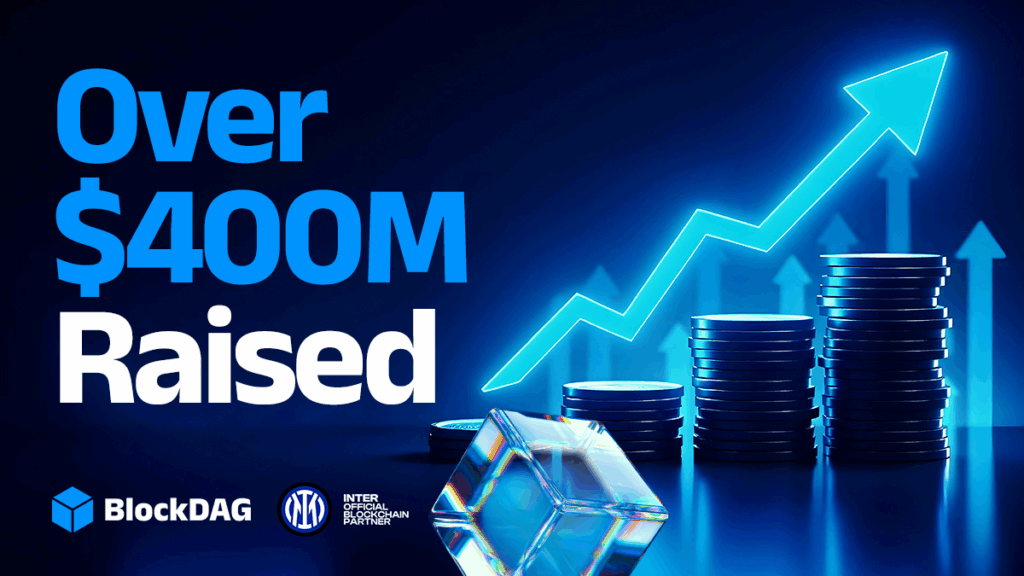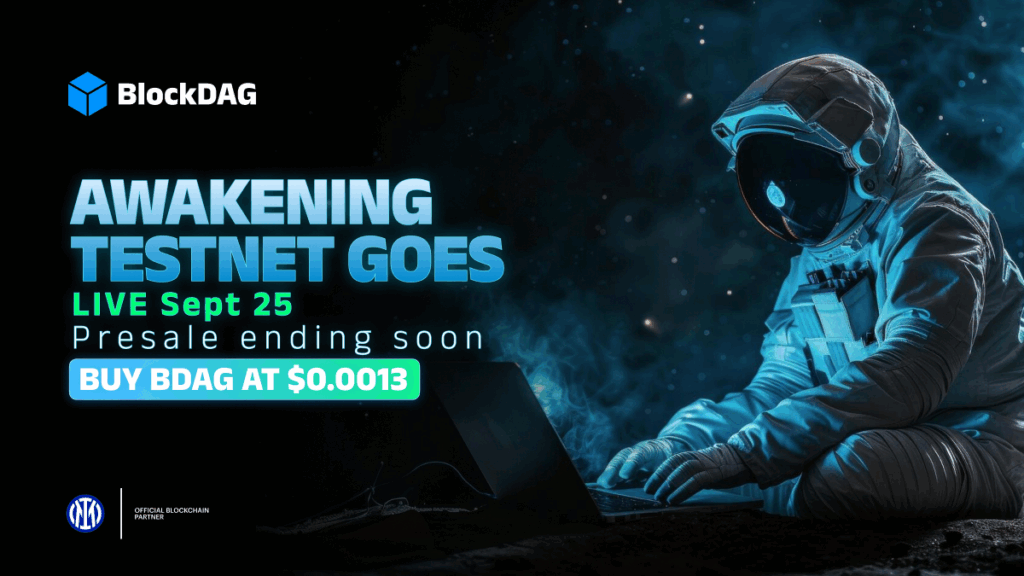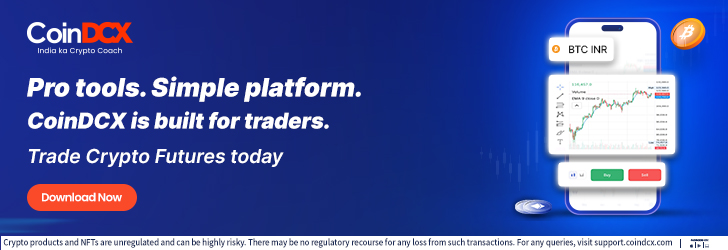When comparing blockchain architectures, it’s easy to get caught up in buzzwords. But the real difference often lies in what’s built first, not what’s promised later. That’s where BlockDAG and Polkadot take noticeably different roads. While Polkadot introduced an early testnet, Rococo, back in 2020, it focused on para-chain architecture and validator logic, but skipped over usability tools like account abstraction and smart wallet support.
However, BlockDAG flips this approach with its upcoming Awakening Testnet. Before pushing for scale, it starts with usability, integrating abstraction and EIP-4337 groundwork from the start. That’s not just a technical choice; it’s a statement about who the chain is built for.
BlockDAG Fixes What Others Skip: User Experience
Polkadot’s Rococo testnet was an early showcase of its para-chain ecosystem. The network was praised for offering modularity, allowing developers to spin up custom blockchains. But this flexibility came at a cost. Core user experience tools, especially those that simplify onboarding like account abstraction, were left to the para-chains themselves.
The result? Usability varied wildly from one chain to another, and the broader ecosystem lacked a unified front for users or developers trying to interact at scale. This wasn’t just a technical oversight; it meant that end-users needed to understand which chain did what, rather than having one cohesive entry point.
BlockDAG doesn’t wait for scaling to introduce complexity. Instead, its Awakening Testnet, set for launch on September 25, focuses on refining smart usability before any scaling layers are introduced. Features like UTXO removal simplify ledger management, and smart account prep via EIP-4337 makes room for intuitive wallets, social recovery, and gas-less transactions.

It’s a usability-first approach that removes friction for both users and developers. By baking abstraction into the base layer, BlockDAG avoids the pitfalls of fragmented UX and creates a smoother, smarter experience from day one.
Account Abstraction Is the New Standard
Account abstraction isn’t just a nice-to-have; it’s quickly becoming a standard expectation across the Ethereum ecosystem and beyond. What makes BlockDAG stand out is that it’s treating abstraction as foundational, not optional.
On BlockDAG, users won’t have to wonder whether a wallet supports advanced logic or smart contract-based operations. It’s part of the system’s DNA. This forward-thinking structure sets up developers to build tools that work universally across apps without rewriting base logic for each use case.
Polkadot, by contrast, left this flexibility to the parachains. While some have since added abstraction-like tools, it’s not consistent across the ecosystem. That decision defers responsibility from protocol to developer, which can create roadblocks for adoption. The technical brilliance of parachains doesn’t automatically translate to a seamless experience, especially when core smart account support is missing at the protocol layer.

BlockDAG removes that guessing game. Every wallet, every app, every interaction is set up for programmable logic and custom authorization flows by default. That changes the playing field entirely.
Presale Progress Reflects the BlockDAG’s Demand
The confidence in BlockDAG’s foundation is reflected in its presale numbers. Investors aren’t just buying into hype; they’re responding to substance. With over 26.2 billion coins sold and nearly $405 million raised, BlockDAG is sending a strong signal that its usability-first approach resonates.
The current batch, 30, is priced at $0.03, but a limited-time window has the coin available at $0.0013 until October 1st. That’s not just a discount; it’s a golden opportunity for buyers! Early holders have already locked in a 2,900% ROI since batch 1, proving the value of BlockDAG’s unique tech!

Polkadot’s token, DOT, has had a longer run, but its value has been more closely tied to ecosystem integrations and staking mechanics than direct usability upgrades. BlockDAG’s presale growth isn’t just about price speculation; it’s powered by a rollout that includes miner integration, real-time dashboards, vesting upgrades, and tooling that will be visible on the Awakening Testnet. It’s a case of putting product before promises, and that’s why buyers are paying attention.
Why BlockDAG Wins
BlockDAG and Polkadot represent two different philosophies in blockchain development. One prioritizes scale and modularity with usability as an afterthought. The other starts with smart account infrastructure and abstraction, ensuring the basics are solid before expanding. In BlockDAG’s world, abstraction isn’t a feature; it’s the foundation.
And this isn’t just a technical edge. It’s a user-centric bet that’s already paying off. With strong presale momentum, a tool-rich ecosystem, and a clear roadmap from testnet to mainnet, BlockDAG is activating its base layer with purpose. For developers, users, and investors alike, that’s a signal worth watching.

- Presale: https://purchase.blockdag.network
- Website: https://blockdag.network
- Telegram: https://t.me/blockDAGnetworkOfficial
- Discord: https://discord.gg/Q7BxghMVyu






